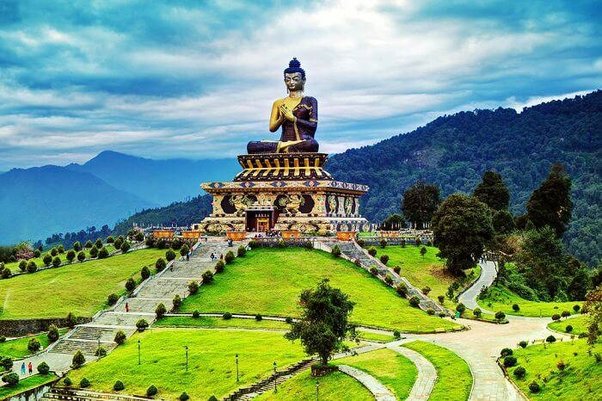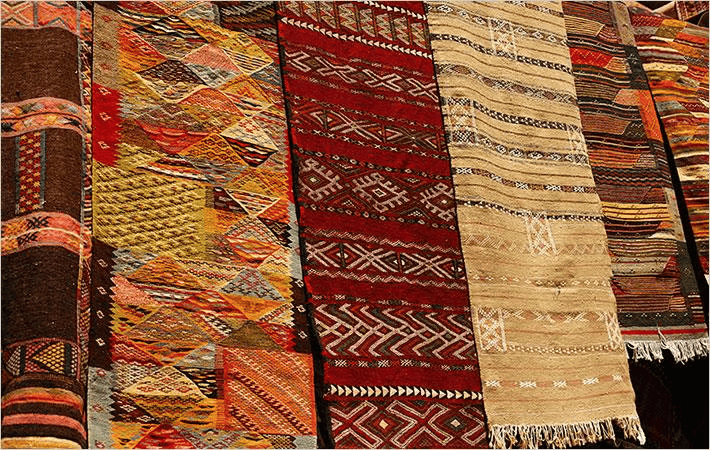
Manipur is a state in northeastern India, known for its rich cultural heritage, natural beauty, and historical significance. The name “Manipur” comes from the words “Mani” meaning “jewel” and “Pur” meaning “city,” thus it is often referred to as the “Land of Jewels.”
Historical Facts of Manipur
Ancient and Medieval Period:
- Early History: Manipur’s history dates back to ancient times, with archaeological evidence suggesting human settlement in the region since the Stone Age. Ancient texts and inscriptions mention a kingdom in the area, and the Manipuri people trace their origins to the legendary ruler, Nongda Lairen Pakhangba, who is believed to have ruled around the first century CE. The history of the region is also linked with the mythical tales from Manipuri folklore, such as the “Sanamahi” and “Ima” legends.
- Kingdom of Manipur: The kingdom of Manipur was a powerful and independent kingdom for several centuries. It was known for its strategic location, connecting the Indian subcontinent to Southeast Asia. The kingdom maintained good relations with neighboring countries like Myanmar, China, and other Southeast Asian regions. The rulers of Manipur were considered highly skilled in warfare and diplomacy. They were also patrons of the arts, particularly dance and music.
British Period:
- Manipur came under British influence in the 19th century. The British annexed the kingdom after a series of conflicts, particularly the Anglo-Manipur War of 1891, which resulted in the British taking control of the region. The British administered Manipur as a princely state, but it retained some level of autonomy under its rulers.
- During this period, Manipur underwent significant changes, both culturally and politically. The British introduced new administrative structures, modern infrastructure, and education systems while also affecting the region’s traditional way of life.
Post-Independence:
- Integration into India: After India gained independence in 1947, Manipur was initially a princely state under the rule of the Maharaja. However, following the political turmoil in the region and a series of local demands for political autonomy, Manipur became a part of the Indian Union on October 15, 1949. This integration, however, was met with resistance from some sections of the Manipuri people, leading to political unrest.
- Statehood: In 1972, Manipur was granted statehood and became a full-fledged state of India, although issues of autonomy and ethnic identity have continued to be points of contention in the region.
Cultural Heritage
Language: The primary language spoken in Manipur is Meitei (also known as Manipuri), which belongs to the Sino-Tibetan language family. Other languages spoken in the region include various tribal languages and dialects.
Dance and Music: Manipur is renowned for its classical dance form, Manipuri dance, which is one of the eight classical dance forms of India. This dance is characterized by graceful movements, intricate footwork, and expressive storytelling. The dance is often performed to devotional music and narrates stories from Hindu mythology, particularly the life of Lord Krishna.
Art and Craft: The people of Manipur are skilled in various arts and crafts, including weaving, pottery, and wood carving. The Phanek, a traditional Manipuri garment, and Kangla Sha, a ceremonial headpiece, are popular cultural symbols.
Sports: Traditional sports like Polo are important in Manipur. It is believed that the game of polo originated in Manipur before spreading to other parts of the world. Additionally, Mukna (a form of wrestling) and Yubi Lakpi (a traditional ball game) are significant aspects of the state’s sporting culture.
Geography and Climate
Manipur is located in the northeastern corner of India, bordered by Nagaland to the north, Mizoram to the south, Assam to the west, and Myanmar (Burma) to the east. The state is characterized by its hilly terrain and lush greenery, with the Loktak Lake, the largest freshwater lake in northeastern India, being one of its major landmarks.
The climate of Manipur is subtropical, with warm summers, mild winters, and a monsoon season. The state’s varied topography makes it a hotspot for biodiversity, with a wide variety of flora and fauna.
Economy
Manipur’s economy is largely agricultural, with rice, maize, and pulses being the primary crops. The state also produces fruits like oranges, pineapples, and bananas. In recent years, there has been a push to develop the tourism industry due to its scenic beauty, historical significance, and rich cultural heritage. However, the region remains economically underdeveloped compared to other states in India.
Political and Social Issues
- Manipur has faced several political and social challenges over the years, particularly related to issues of autonomy, ethnic identity, and the demand for separate statehood or greater political independence. There have been movements and insurgencies in the state, with demands ranging from autonomy for the Naga people to calls for the cessation of the state from India.
- The Armed Forces Special Powers Act (AFSPA) has been a point of contention, as it grants sweeping powers to the military and has been criticized for human rights violations during counter-insurgency operations.
Manipur’s history, culture, and politics are complex and intertwined with the larger history of the northeastern region of India. The state’s rich traditions, the struggle for autonomy, and the cultural vibrancy of its people make it an important and unique part of India’s mosaic. Today, while Manipur continues to face challenges, it remains a significant cultural and historical landmark in the northeastern part of India.
INDIAINNINGS
Campaigns
- Diwali Special
- Independence Day Celebrations
- Holiday on Holi day
- New Year Specials
Help
- Order Tracking
- Terms & Conditions
- Privacy Policy
- Tutorials
- FAQ
Help
- Facebook Chat
- Whatsapp Help
- E-mail Support
- Contact



